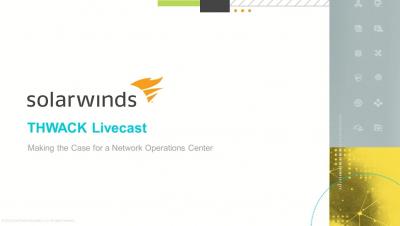The Impact of Information Overload on Businesses Today
Over half of the world’s population are active on social media, with a typical user spending two hours and 25 minutes each day, equating to roughly one full waking day of their life each week. According to a report published by researchers at the University of California, San Diego—on average, we consume about 34 gigabytes of data and information each day.











